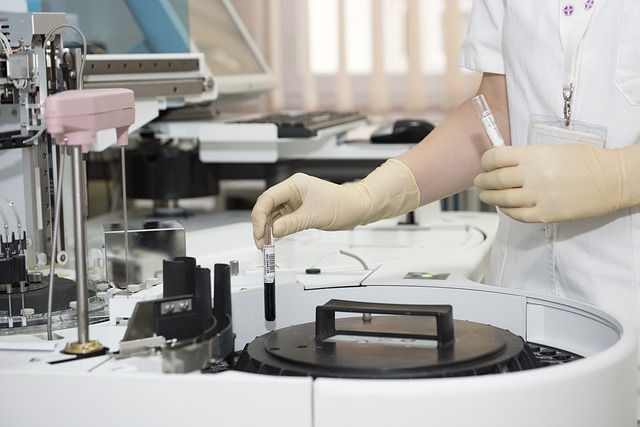Background
Although acute cardiac injury (ACI) is a known complication of COVID-19, whether ACI acquired during recovery from COVID-19 is unknown.
This study investigated the incidence of persistent ACI and identified clinical predictors of recovery from ACI in patients hospitalized with COVID-19 2.5 months after discharge.
Methods
This retrospective study consisted of 10,696 patients hospitalized with COVID-19 from March 11, 2020 to June 3, 2021. Demographic data, comorbidities, and laboratory tests were collected at ACI baseline, hospital discharge, and 2.5 months after discharge.
ACI was defined as a serum troponin-T (TNT) level >99th percentile upper reference limit (0.014 ng/mL) during hospitalization, and recovery was defined as TNT below this threshold 2.5 months later. of discharge. Four models were used to predict ACI recovery status.
Results
There were 4,248 (39.7%) COVID-19 patients with ACI, and the majority (93%) developed ACI on the day after admission or within one day.
The odds ratio for in-hospital mortality of patients with ACI was 4.45 [95% CI: 3.92, 5.05, p<0.001] compared with patients without ACI.
Of the 2,880 ACI survivors, 1,114 (38.7%) returned to our hospitals 2.5 months after discharge on average, of whom only 302 (44.9%) of 673 patients recovered from ACI.
There were no significant differences in demographics, race, ethnicity, major products, and length of hospital stay between the groups.
Prediction of ACI recovery after discharge using the main predictors (troponin, creatinine, lymphocytes, sodium, lactate dehydrogenase, lymphocytes, and hematocrit) at discharge yielded an accuracy of 63.73% to 75.73%.
Interpretation
Persistent cardiac injury is common among COVID-19 survivors. Readily available patient data accurately predict recovery from acute cardiac injury (ACI) after discharge.
Early identification of patients at risk could help prevent long-term cardiovascular complications.
Evidence before this study
Acute cardiac injury (ACI) is a major complication of coronavirus disease 2019 (COVID-19). However, the incidence of persistent cardiac injury during and after hospitalization, as well as predictors of ACI recovery after hospital discharge, are unknown.
Added value of this study
The incidence rate of ACI was 39.7% among hospitalized patients, with an odds ratio for in-hospital mortality of 4.45.
For those who survived and returned to our hospital system for follow-up care, 55.8% exhibited persistent cardiac injury 2.5 months (on average) after COVID-19 hospitalization.
Troponin , creatinine, lymphocytes, and sodium at discharge were the main predictors of ACI recovery at 2.5 months after discharge, with a prediction accuracy of 63.73% to 75.73%.
Implications of all available evidence
Our findings suggest that ACI is an important marker of future adverse outcomes in COVID-19.
Raising awareness of cardiovascular complications when ACI is detected is warranted, as cardiovascular prevention may be a lower priority given the urgency in the treatment of SARS-CoV-2 infection.
The ability to identify patients at risk for persistent ACI early could allow for appropriate follow-up care to prevent long-term cardiac complications.
















